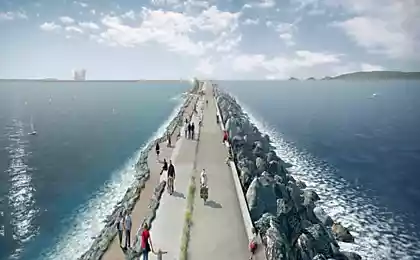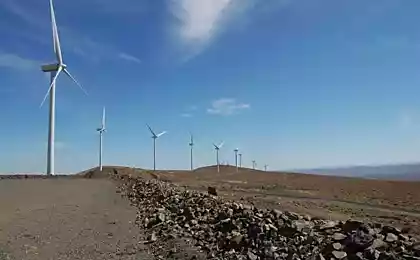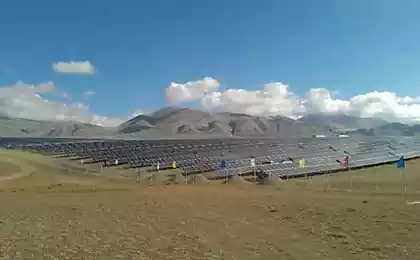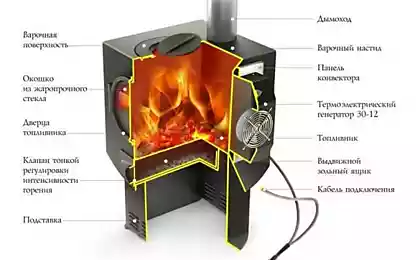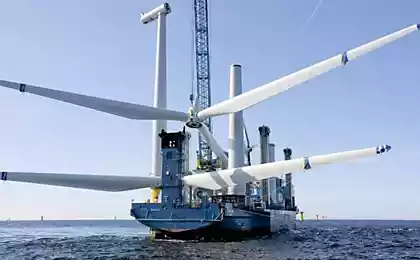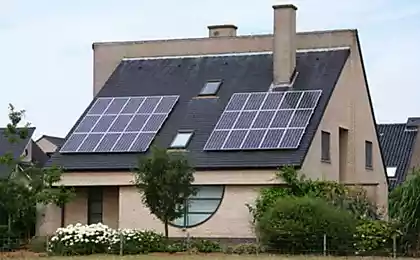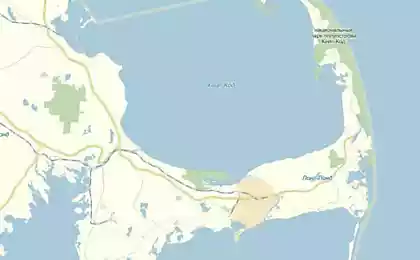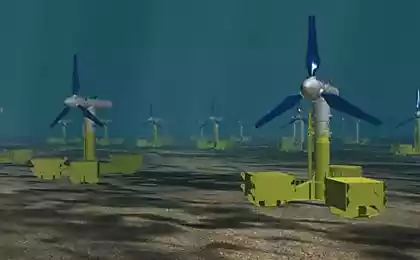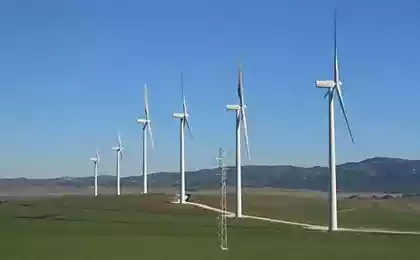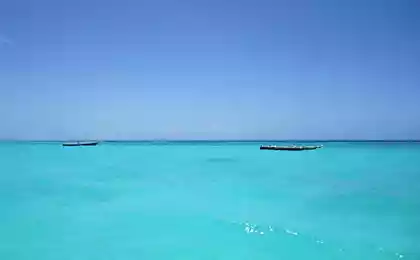489
The construction of tidal power plants is developing fauna
Systematic electrification of the country, initiated in the second quarter of the last century, gave powerful impetus to the development of unique technologies. Modern power system includes hydraulic, thermal, nuclear generators. Powerful by world standards, the houses that are built in mountainous, desert and plains areas, often in conditions of permafrost and tropical humidity. In parallel, we study the promising areas of industrial energy supply based on the use of alternative sources. More than half a century in Russia operated by a single polar tidal power station Kislaya.
The location of the first Russian tidal power plant
The first work on the creation of PES was carried out in 1938. Even then, a particularly promising areas to create tidal stations was considered a coast of the Arctic and Pacific oceans. Therefore, as a result of inspection of the various bays of the Barents sea for the alignment of the future station was proposed a long and narrow fjord, located 60 km from Murmansk. The Bay is called Sour Lips.
Natural narrow neck of the Bay allowed to block its reinforced concrete construction, in which were assembled all the necessary components. With the creation of an experimental facility planned to solve the following problems:
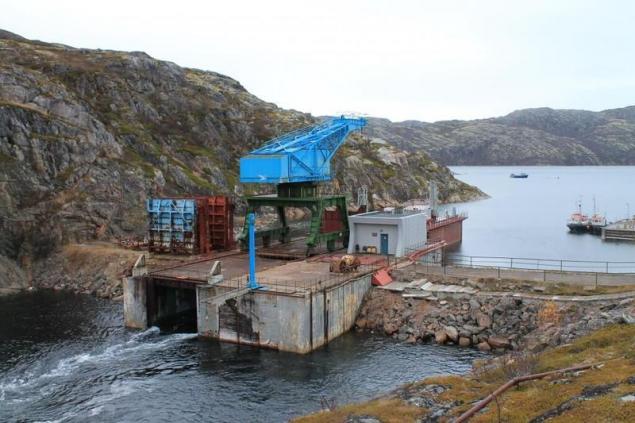
Key features
Originally the power station for the project was to be 0.8 MW. For this purpose it was planned to use two units of French and domestic production. In fact, the operation was launched one unit, which produced 0.4 MW. Like all such devices of the time, he had a low efficiency – up to 40 %. The impeller of the current turbine had a diameter of 3 meters. Conduit intended for installation of Soviet equipment was left blank. Annual output of PES was 8018 thousand kW / h From the station was extended transmission lines on wooden poles, designed for a load of 35 kV.
The movement of people, materials and equipment on the plant was carried out by sea. Today, the plant is equipped with new generators manufactured in Russia. Innovative orthogonal rotors ensure the production of 1.7 MW (0.2 and 1.5 mW). Turbine diameter can reach up to 2 and 5 meters, respectively. A feature of the units is a low metal content, efficient generation. The ratio of the share of useful energy consumed in the products reaches 70 %, making it an attractive investment in the production and use of this hydraulic equipment.
Construction time and commissioning
Practical work on the creation of the power plant began in the second half of the last century. Design and construction was carried out since 1964. Up to 1968 was created from thin concrete pontoon construction. The manufacturer has supplied a complex of turbine, generator, control and switching equipment.
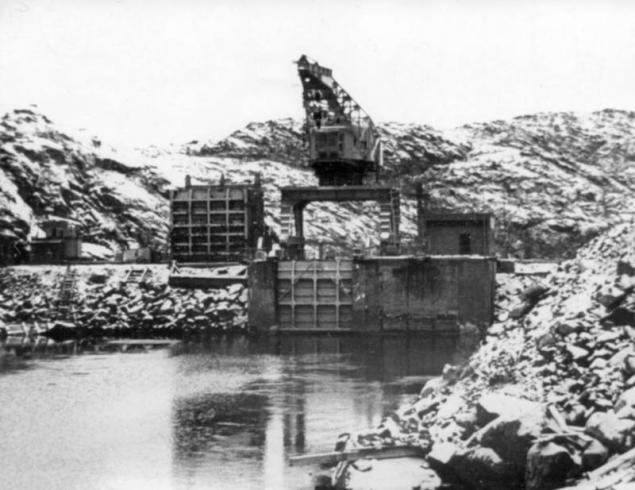
Across the open sea floating bunker was towed to the installation site. In the set point station with the help of ballast was recorded on pre-prepared seabed. As the base used pre-filled sand-and-gravel platform. On both sides of the Gulf blocked by a dam. Power line with wooden supports connected PES with the main grid. On the coastal part was erected comfortable building, which housed the staff.
In this version of PES has worked before stopping and conservation, held in 1992. The lack of access roads, undoubtedly contributed to the preservation of complex material until 2004, when the station gained a second life.
As a result of reconstruction, which ended in 2006, the old power plant was docked new concrete technology unit. It is possible to use free the conduit through which the wave rotates new high-efficiency domestic turbine. Is ineffective the French installation was installed a new high-yielding Russian unit.
The principle of operation
The production of electricity contributes to the proper uniform the alternation of tides, occur under the action of lunar gravity. When placing PES developers maximally took into account terrain features. The width of the Sour Lips, stretching for 5 kilometers, in the "throat" is 35 meters. Twice a day the tidal wave provides the difference in levels from 2 to 5 meters. The flow rate can reach 3.7 meters per second. Thus through the overflow openings every second is 300 m3 of water, rotating the vertical turbine. The force is transmitted to the horizontal oscillator from which the RU receives the electric energy.
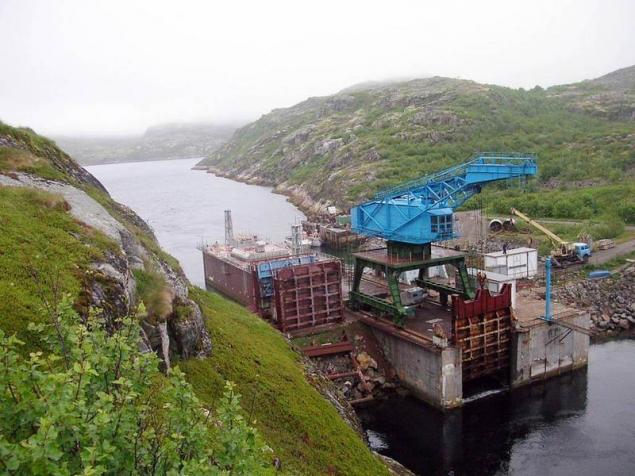
All the sections made in the form of modules. This design provides high maintainability and serviceability mechanisms. The station generates energy in bilateral vector flow direction. The unit is a unique device, made by a domestic manufacturer, provides a stable operation in all modes and speeds. Technological and engineering achievements of the Russian scientists has made a reactive transverse jet turbine orthogonal to a competitive product. Today the layout of this node is recognized as a basic for all subsequent PES.
Kislaya experimental station, except for gravity sources and uses for energy solar panels and wind generators.
The station staff conducts a systematic study of the energy potential of natural and climatic zones of the Russian North. Advantages
The theoretical assumptions about the environmental benefits of operation of such power plants was largely confirmed by many years of observations of the use of PES.
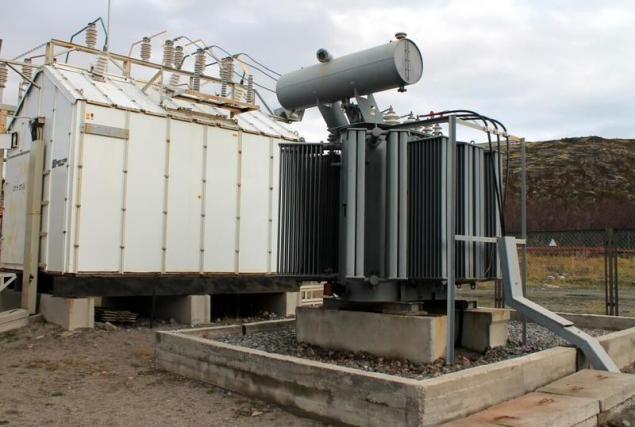
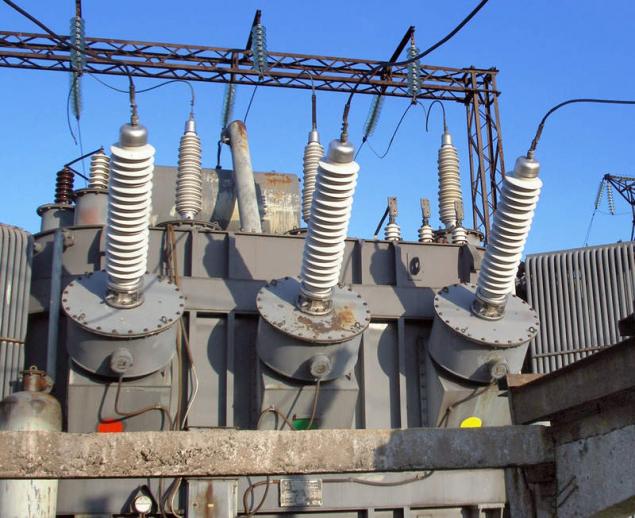
The conclusions made by experts during the experiment, the basis for new energy projects – tugurskiy, Mezen and Northern PES.published
SUBSCRIBE to OUR youtube channel that allows you to watch online, download from YouTube free video about the recovery, the rejuvenation of man. Love for others and ourselves, as the feeling of high vibrations — an important factor for improvement .
http://cdn00.vidyomani.com/c/4/0/4/frbnly55crxa/index.html
Put LIKES and share with your FRIENDS!
wфww.youtube.com/channel/UCXd71u0w04qcwk32c8kY2BA/videos
Subscribe -https://www.facebook.com//
P. S. And remember, only by changing their consumption — together we change the world! ©
Join us in Facebook , Vkontakte, Odnoklassniki
Source: greenologia.ru/eko-zhizn/texnologii/prilivnaya-elektrostanciya.html
The location of the first Russian tidal power plant
The first work on the creation of PES was carried out in 1938. Even then, a particularly promising areas to create tidal stations was considered a coast of the Arctic and Pacific oceans. Therefore, as a result of inspection of the various bays of the Barents sea for the alignment of the future station was proposed a long and narrow fjord, located 60 km from Murmansk. The Bay is called Sour Lips.
Natural narrow neck of the Bay allowed to block its reinforced concrete construction, in which were assembled all the necessary components. With the creation of an experimental facility planned to solve the following problems:
- practical exercises in construction of such facilities in uninhabited Northern areas.
- the determination of the amount of capital investment and operating costs;
- the test works of generators at small values of the tides;
- to determine the response of ecosystems.

Key features
Originally the power station for the project was to be 0.8 MW. For this purpose it was planned to use two units of French and domestic production. In fact, the operation was launched one unit, which produced 0.4 MW. Like all such devices of the time, he had a low efficiency – up to 40 %. The impeller of the current turbine had a diameter of 3 meters. Conduit intended for installation of Soviet equipment was left blank. Annual output of PES was 8018 thousand kW / h From the station was extended transmission lines on wooden poles, designed for a load of 35 kV.
The movement of people, materials and equipment on the plant was carried out by sea. Today, the plant is equipped with new generators manufactured in Russia. Innovative orthogonal rotors ensure the production of 1.7 MW (0.2 and 1.5 mW). Turbine diameter can reach up to 2 and 5 meters, respectively. A feature of the units is a low metal content, efficient generation. The ratio of the share of useful energy consumed in the products reaches 70 %, making it an attractive investment in the production and use of this hydraulic equipment.
Construction time and commissioning
Practical work on the creation of the power plant began in the second half of the last century. Design and construction was carried out since 1964. Up to 1968 was created from thin concrete pontoon construction. The manufacturer has supplied a complex of turbine, generator, control and switching equipment.

Across the open sea floating bunker was towed to the installation site. In the set point station with the help of ballast was recorded on pre-prepared seabed. As the base used pre-filled sand-and-gravel platform. On both sides of the Gulf blocked by a dam. Power line with wooden supports connected PES with the main grid. On the coastal part was erected comfortable building, which housed the staff.
In this version of PES has worked before stopping and conservation, held in 1992. The lack of access roads, undoubtedly contributed to the preservation of complex material until 2004, when the station gained a second life.
As a result of reconstruction, which ended in 2006, the old power plant was docked new concrete technology unit. It is possible to use free the conduit through which the wave rotates new high-efficiency domestic turbine. Is ineffective the French installation was installed a new high-yielding Russian unit.
The principle of operation
The production of electricity contributes to the proper uniform the alternation of tides, occur under the action of lunar gravity. When placing PES developers maximally took into account terrain features. The width of the Sour Lips, stretching for 5 kilometers, in the "throat" is 35 meters. Twice a day the tidal wave provides the difference in levels from 2 to 5 meters. The flow rate can reach 3.7 meters per second. Thus through the overflow openings every second is 300 m3 of water, rotating the vertical turbine. The force is transmitted to the horizontal oscillator from which the RU receives the electric energy.

All the sections made in the form of modules. This design provides high maintainability and serviceability mechanisms. The station generates energy in bilateral vector flow direction. The unit is a unique device, made by a domestic manufacturer, provides a stable operation in all modes and speeds. Technological and engineering achievements of the Russian scientists has made a reactive transverse jet turbine orthogonal to a competitive product. Today the layout of this node is recognized as a basic for all subsequent PES.
Kislaya experimental station, except for gravity sources and uses for energy solar panels and wind generators.
The station staff conducts a systematic study of the energy potential of natural and climatic zones of the Russian North. Advantages
The theoretical assumptions about the environmental benefits of operation of such power plants was largely confirmed by many years of observations of the use of PES.

- Safety for the environment. The dam does not hinder the migration of species. Their construction does not entail changes in the salinity of the separated water reservoirs. In the basin of Sour Lips for half a century, this value was reduced to 0.05 %.
- Observed mitigation of climate, the formation of polynyas in the area of passing water, the disappearance of hummocks.
- The bottom near the dam does not change the structure, its elevation does not get washed away after the second year of station operation.
- The construction ensures protection of coastal areas from storm impacts. Technology of erection of PES influx contribute to the strengthening of the banks and preservation of landscapes.
- Biological life in a closed from the ocean and the pool Lip developed doubled pace. Today it is realistic to talk about the passing of organizing economic activities aimed at utilization of marine resources of the Gulf.
- Operating costs for electricity are lower than other types of power plants.
- The need to place such objects on remote housing and infrastructure territories requires considerable effort in their construction. This is due to significant initial costs.
- Uneven graph generation. The highs produced electricity coincide with the energy of the tides. The imbalance between the peak levels of energy production and consumption.
- Fouling of the working surfaces of the equipment and machines the biomass, which necessitates the use of coagulants (hypochloride).
- Kislaya powerhouse capacity difficult to compare with the giants of the power industry. Even middling surpass its capabilities many times over. However, the Russian PES among several operating in the world of these plants occupies a prominent place.
- the technological capabilities of national economy for the development of distant territories;
- effectiveness of financial investments in alternative energy;
- the ability of applied science to create the perfect rotary induction design;
- methods of management associated with enhancement of natural resources.

The conclusions made by experts during the experiment, the basis for new energy projects – tugurskiy, Mezen and Northern PES.published
SUBSCRIBE to OUR youtube channel that allows you to watch online, download from YouTube free video about the recovery, the rejuvenation of man. Love for others and ourselves, as the feeling of high vibrations — an important factor for improvement .
http://cdn00.vidyomani.com/c/4/0/4/frbnly55crxa/index.html
Put LIKES and share with your FRIENDS!
wфww.youtube.com/channel/UCXd71u0w04qcwk32c8kY2BA/videos
Subscribe -https://www.facebook.com//
P. S. And remember, only by changing their consumption — together we change the world! ©
Join us in Facebook , Vkontakte, Odnoklassniki
Source: greenologia.ru/eko-zhizn/texnologii/prilivnaya-elektrostanciya.html


